Sitting at the altitude of 8844 meters above sea level, Mount Everest, the highest mountain on earth, is a wish-list destination for many travelers to Tibet. But it’s never an easy task to plan a visit to the world’s third pole. When is the best time to Mt.Everest? What can I see in this adventurous trip? How to get to Everest Base Camp? No worries. In this post, I’ll solve all your concerns.
When Is The Best Time to Everest Base Camp?
From April to June, it’s really the greatest time to visit Everest Base Camp. During this period, you’re likelier to catch a clear view of Mount Qomolangma. Leaves turn green and wildflowers spread all over the Himalaya valleys. With highland barley sprouting, you must be amazed at the large bloom of rape along Yamdrok Lake.
From September to November, the weather is stable and you still can view the best state of Mount Everest. Since it lands right between the rainy season (July to August) and the chilly winter (December to March), you would come across lots of climbers and adventurers en route.
Read more about Mount Everest Base Camp Weather and Climate
Highlights You Shall Not Miss Out in Everest Base Camp Tour
1. Visiting three distinctive Tibetan Buddhist temples (Sakya Monastery, Tashilhunpo Monastery, Rongbuk Monastery)
2. Appreciating the highest mountains on the roof of the world (Mt.Everest, Mt.Xixabangma, Mt.Cho Oyu, Mt.Makalu, Mt.Lhotse)
3. Enjoying two well-known plateau holy lakes (Yamdroktso Lake, Peikucuo Lake)
4. Exploring the last fairyland of Tibet – Gyirong Town
5. Continuing your adventure travel to Kathmandu via Gyirong Port
Top Five Attractions in Everest Base Camp Trip
1. Yamdroktso Lake, one of the three holy lakes in Tibet
Yamdroktso Lake, the largest barrier lake in Tibet, is 130 km long from east to west and 70 km wide from north to south. Like a kaleidoscope, Lake Yamdrok is tranquil, stunning, and peaceful. Under the brilliant sunshine, the lake water will change from emerald green to peacock blue. That’s really fantastic! Since the lake shoreline is too long and tortuous, I’d like to recommend Gangbala Pass for you to have a bird view of this turquoise lake.
Tips:
It costs ten yuan to take a picture of Yamdroktso Lake Monument. If you want to photograph Tibetan mastiffs and yaks, their masters would charge you twenty yuan. So you’d better ask for their agreement before taking shoots.
2. Everest Base Camp, the best point to capture Everest night sky
Owing to the high altitude, pure air, and no light pollution, Everest Base Camp has become one of the ideal places in Tibet to appreciate the brilliant galaxy and sparkling stars. It is the core area of Mt.Qomolangma National Reserve, with no permanent building constructed here. But no worries. Everest tent guesthouses operated by local Tibetans would offer warm beds and clean food for you from April to November.
Tips:
1. Everest Base Camp tent hotels would be torn down from late-October. If you want to appreciate Everest sunrise from November to next April, you’d better stay overnight at Rongbuk Monastery Guesthouse.
2. The sanitary condition of toilets in Tibet is not so good, especially in Everest Base Camp. The iron toilet is outside the tent and please do remember to keep yourself warm at night.
3. Tashilhunpo Monastery, the spiritual center of Shigatse
Similar to Jokhang Temple, Tashilhunpo Monastery is the spiritual center of Shigatse. Here you’ll have the chance to see the world’s largest glided Qamba Buddha bronze statue and explore many precious cultural relics like the murals recording people’s lives. After that, You can also join the locals to walk around Tashilhunpo Temple. The magnificent architecture and sincere pilgrims will definitely leave a deep impression on you!
4. Sakya Monastery, the second Dunhuang
Sakya Monastery, known as the second Dunhuang, is the ancestral temple of the Tibetan Buddhism Sakya sect. It’s divided into two parts by Zhongqu River. Although the northern monastery has already turned into ruins, the south monastery is still well-preserved. Here you’ll find the world’s largest treasure of Buddhist scriptures written on Pattra leaves.
5. Kyirong Village, the last fairyland in Tibet
Kyirong, meaning Happy Village in the Tibetan language, looks like a jewel embedded in the southern foot of the Himalayas. Within a short distance of 90 kilometers, you’ll travel from the snow-capped mountains down to the subtropic valley. The diverse climate makes Kyirong become the perfect paradise for the rare animals and plants. Tracing back to the long history, Kyirong is an important port connecting Tibet with the outside world. Nepalese Princess Bhrikuti and Guru Rinpoche Padmasambhava also followed this route to enter Tibet. It can be said that Buddhism began to spread throughout the whole Tibetan plateau from Kyirong Border.
Awesome Scenic Spots Hidden along Everest Base Camp Route
1. Kharola Glacier
Ticket price: 50 yuan per person
Kharoka Glaciers, lying between Langkazi County and Jiangzi County, boasts to be the glaciers closest to the road. Driving along No.307 Provincial road, you can capture the most spectacular scenery of the glaciers. Thus, we don’t recommend you to spend extra time and money on this spot.
2. Gawula Pass
Ticket price: For free
Seeing from the Gawula Pass, you’ll have a panoramic view of the world’s highest mountains, namely, Mt. Everest (the highest, 8844.43m), Mt.Lhotse (the forth highest, 8516m), Mt.Makalu (the fifth-highest, 8463m), Mt.Cho Oyu (the sixth-highest, 8201m). Our seasoned tour driver will stop here for you to photography those spectacular sceneries. This is a real world-class viewing platform.
3. Rongbuk Monastery
Ticket price: 35 yuan per person
Rongbuk Monastery, located at an altitude of 5154 meters above sea level, is reputed as the highest monastery in the world. Built along the hills, this monastery has five stories in total. The top three floors have already closed and only the lower two stories are still open to the public. Here you can’t find the large-scale buildings but a humble white temple. It seems that time and faith have already been embedded in the shallow cracks of the ground. What’s interesting is that monks and nuns live together in the same monastery.
4. Gyantse Dzong & Pelkor Chode Monastery
Tickets: 60 yuan per person for Gyantse Fortress; 40 yuan per person for Pelkor Chode Monastery
Gyantse Fortress, sitting on the top of Gyangze Dzong Hill, is one of the best-preserved dzongs in Tibet. Since the beginning of 1904, the local government had already engaged in the battle against the British troops. Due to the poor equipment, they lost their battle three months later. But no one had surrendered to the enemy and all the survivors jumped down from the fortress. That’s the reason why it’s often referred to as the “hero city”.
At the foot of Gyangze Dzong Hill stands the Pelkor Chode Monastery. This 32-meter-high monastery consists of 9 stories, 77 Buddha halls, and 108 doors. With more than 100,000 Buddha statues enshrined here, it’s also reputed as One-Hundred-Thousand-Buddha Tower.
5. Mount Shishapangma & Peikutso Lake
Tickets price: For free
Mount Shishapangma, at an altitude of 8,012m, is known as the fourteenth highest mountain in the world. Meanwhile, it is also the only 8000-meter-high mountain entirely situated in Tibet, China. The most attractive scenery here is the ice tower forest. I bet, you won’t forget this vast garden of glaciers.
Thanks to the melt-water from Mount Shishapangma, Peikutso Lake has become the largest lake in Shigatse, Tibet. What’s interesting is that its southern part is freshwater, while the northern part is saltwater. You can see flocks of wild animals like Tibetan antelope, donkeys, horses wandering around the lake-shore.
6. Paba Temple
Ticket price: For free
According to the legend, Paba Temple was constructed in 637 AD by Songtsan Gambo for Princess Bhrikuti. In this Nepalese-style building, you’ll have the chance to do the inner kora and see the well-preserved murals. But it has closed for some time since the Nepal earthquake in 2015. Whether you are able to enter it or not totally depends on your luck.
How to Get to Everest Base Camp? By Train or By Bus?
Traveling to Everest Base Camp by tour vehicle is the most common way for the majority of tourists to enjoy the grandeur of Mt. Everest. But if you don’t have enough time, you can also contact our Tibet travel expert to work out a Tibet Everest Base Camp train tour for you. Below I’ll show you how to get to Everest Base Camp from Tibet and Nepal, as well as how to plan an Everest train tour within two days.
Get to Everest Base Camp from Lhasa
Day 1: Lhasa (3650m) to Shigatse (3900m)
Today, we have to drive from Lhasa to Gyantse. On the way, the group will pass over the Gampala pass (4790 m), and tourists will have a glimpse of Yamdrok Tso (4400m). The Lake is surrounded by many snow-capped mountains and in the distance, you have spectacular views of Holy Mount Nyenchen Khangsar (7191m), the highest mountain near Lhasa.
We head westward along the lake and drive towards Gyantse. Gyantse was historically Tibet’s third-largest city (after Lhasa and Shigatse). In Gyantse, we will visit the famous Pelkor Monastery and Gyantse Kumbum.
After one and a half hour’s driving, we arrive in Shigatse, which is the second-largest city in Tibet. In Shigatse, we’ll visit Tashilunpo Monastery, the seat of Tibet’s second highest incarnation, the Panchen Lama.
Stay Overnight in Shigatse
Day 2: Shigatse (3900m) to Everest Base Camp(5200)
We’ll leave Shigatse after getting your Alien’s travel permit and then drive to Lhatse. It is a small town where you can take lunch.
After that, you will drive to Shegar and if the weather is clear enough then on the way down to shegar you will view Mt.Everest in the distance.
After 4 to 6 hours then you will arrive at Rongbuk monastery but on the way, you will pass one of the highest passes in Tibet (pang la pass height 5050m) from that’s pass you will view the whole five highest peaks in the world.
Stay overnight at Everest tent guesthouse or Rongbuk Monastery guesthouse.
Day 3: EBC (5200m) and return to Shigatse (3900m)
In the morning, you can see the sunrise appearing on the top of Mt Everest, and have a full view of the magnificent Mt. Everest standing like a snow-capped pyramid in front of you at Rongbuk, which is the vantage point for watching Mt. Everest. Then you may trek from tent to Base camp 4/km one way or go to EBC by local bus.
After visiting the base camp, tourists can tour Rongphu Monastery which is the highest monastery in the world (5000m) and belongs to the Nyingma sect.
After that drive back to Shigatse stays overnight in Shigatse.
Day 4: Shigatse (3900m) to Lhasa (3650m)
Today, we will drive back to Lhasa on the friendship Highway. The whole distance is almost 280km and it takes 6 hours along the Yarlung Tsangpo River / Brahmaputra River (the Longest and largest river in Tibet).
See more details at Lhasa to Everest Base Camp Small Group Tour
Go to Everest Base Camp from Kathmandu via Gyirong
Day 1: Kathmandu to Chinese Border, Gyirong Port. (2000m)
Firstly, you need to travel from Kathmandu to the Chinese border yourself, about 120km and 5 hours driving passing through the deep and big gorges. You need to cross the friendship bridge and will be greeted by our Tibetan guide and driver on the Tibetan side. From the border to Gyirong Port, you will go through a steep winding road that passes through a mossy gully with cascading waterfall.
Stay overnight in a local guesthouse
Day 2: Gyirong Port to Old Tingri(4300m) (B)
After breakfast, drive along the Sino-Nepal Highway to Old Tingri. Through a series of switchback bends the road ascends to Nyalam within the Matsang Tsangpo gorge and beautiful waterfalls can be seen on both sides of the road.
We visit Milarepa cave on the way. It is the site of the celebrated philosopher’s meditation. The trip continues to pass over two spectacular passes: Thong La pass (5050m) and Lalung La pass (5082m). Along with the two passes, we also get to enjoy fabulous views of the high mountains including Shisha Pangma (8,013m).
Then from old Tingri, you will view the amazing scene of the Himalaya Range and Mt Everest. Before get into Himalaya Natural Reserve, which average altitude is above 5000m, you need thoroughly acclimatize the high altitude at Old Tingri.
Stay overnight in Old Tingri.
Day 3: Old Tingri to Everest Base Camp (B)
Today, we drive about 70km bumpy road from Old Tingri to EBC / Rongbuk. From New Tingri to Rongbuk, the road is under construction. From Old Tingri to E.B.C with the very rough road passes the wild grassland, and crosses the torrent and High Mountains.
You can have a glimpse of 4 mountains that are 8000m high or even higher, that is, Mt. Lhotse (8516m), Mt. Everest (8848m), Mt. Qowowuyag (8201m), and Mt. Mayalu (8463m).
Stay overnight at Rongphu Monastery (Tent or Guest House).
Day 4: Everest Base Camp to Lhasa (B)
In the morning, you can see the sunrise on the top of Mt Everest, and have a full view of the magnificent Mt. Everest standing like a snow-capped pyramid in front of you at Rongbuk, which is the vantage point for watching Mt. Everest.
Then you may trek from tent to Base camp 4/km one way or go to EBC by local bus.
After base camp, you can visit Rongphu Monastery which is the highest monastery in the world (5000m) and belongs to Nyingma sect.
Afternoon, drive back on that same bumpy road to reach Tingri on Friendship Highway and move to Lhasa.
See more details at Kathmandu to Lhasa Overland Tour with EBC
Visit Everest Base Camp by Train
Day1: Lhasa Railway Station – 253km – Shigatse – Tashilhunpo Monastery – 343km – Mount Everest Base Camp
Today, you’ll take the Tibet train (Z8801) to Shigatse. It departs from Lhasa Railway Station at 8:30. So please reach there one hour ahead. After three hours’ train journey, you’ll get to the first destination – Shigatse. Then we would take you to visit Tashilhunpo Monastery and have lunch nearby.
After that, you will drive to Shegar and if the weather is clear enough then on the way down to shegar you will view Mt. Everest in the distance.
After 4 to 6 hours then you will arrive at Rongbuk monastery but on the way, you will pass one of the highest passes in Tibet (pang la pass height 5050m) from that’s pass you will view the whole five highest peaks in the world.
Stay overnight at Everest Base Camp guesthouse or Rongbuk monastery guest house.
Day2: Everest Base Camp -345km-Shigatse -253km-Lhasa Railway Station
Everest local time is always slower than Beijing time. Normally speaking, you only need to get up at seven o’clock to catch the first ray of golden sunshine over Mt.Everest.
After that, you can tour Rongbuk Monastery which is the highest monastery in the world (5000m) and belongs to Nyingma sect. Then we’ll drive you to Shigatse Railway Station and take the Tibet train (Z8803) back to Lhasa at 16:00.
See more details at Lhasa to Shigatse by train
Everest Base Camp Packing List
1. Tibet travel permits: Tibet Entry Permit, Frontier pass, and Alien’s Travel Permit are the first and most important things for your trip to Mount Everest. Without them, you’ll not be allowed to travel to Everest Base Camp. And those documents would be checked several times along the way to Everest Base Camp. So please do take good care of them. Read more about the permit to visit Mount Everest
2. Clothes and shoes: long-sleeved shirts, thick coat, warm clothing (recommended Jackets + Fleece), hiking boots
3. Medicine: cold medicine, gastrointestinal medicine, vitamins, band-aid, Rhodiola
4. Skin protection: sunglasses, sun hat, sunscreen, moisturizing lotion, hand cream, lip balm and personal toiletries
5. Photographic gears: digital camera, tripod, cable release, charger, backup battery
6. Foods: fresh fruits, candies, chocolate, bread, pilot biscuits, and other high-calorie snacks
Frankly speaking, paying a visit to Everest Base Camp is not a cozy Tibet trip but a great challenge to your body and willpower. Are you ready for this adventurous journey in 2021? Let us know your thoughts in the comments below!
.jpg)



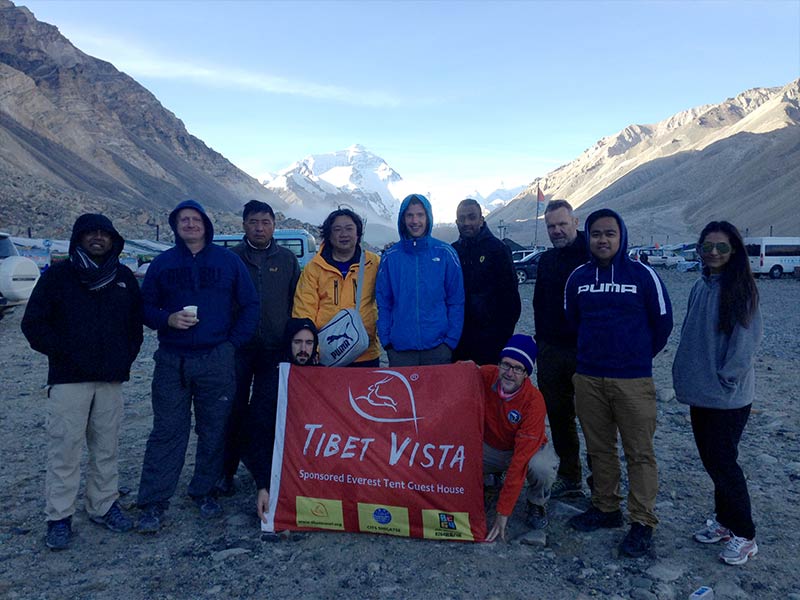
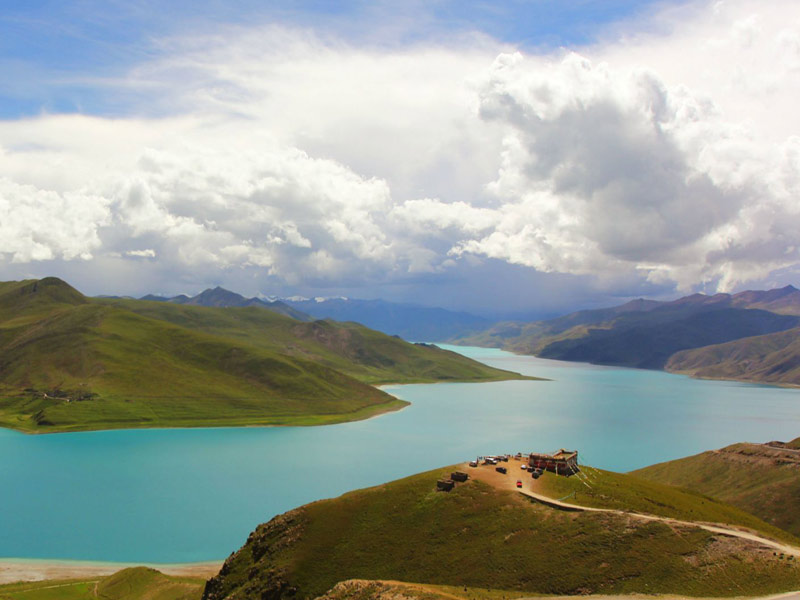
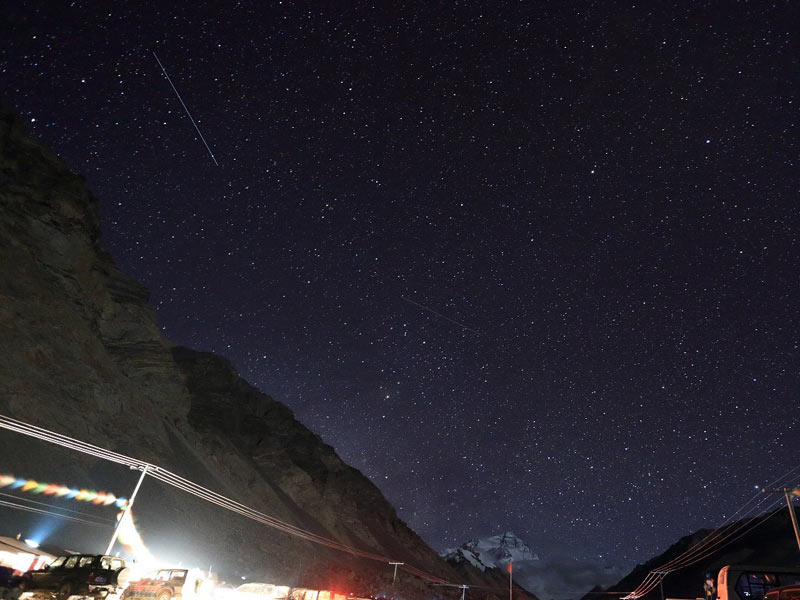
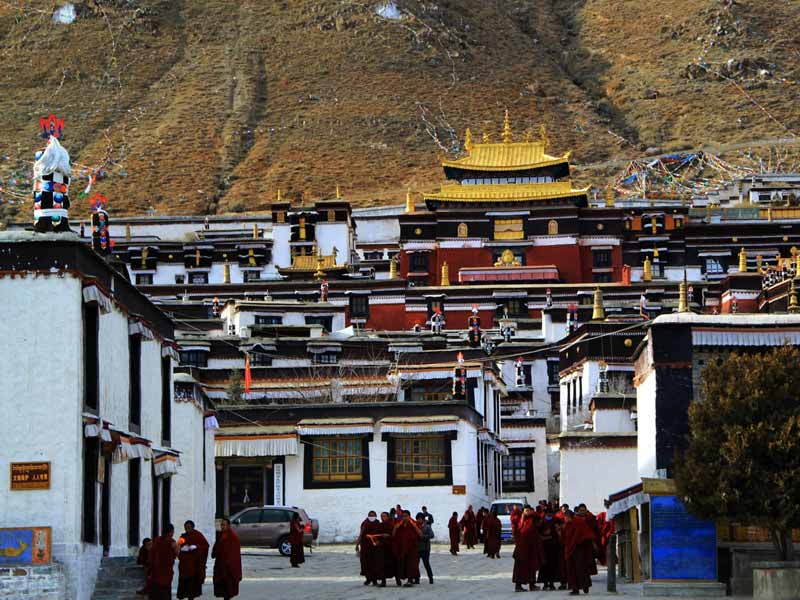
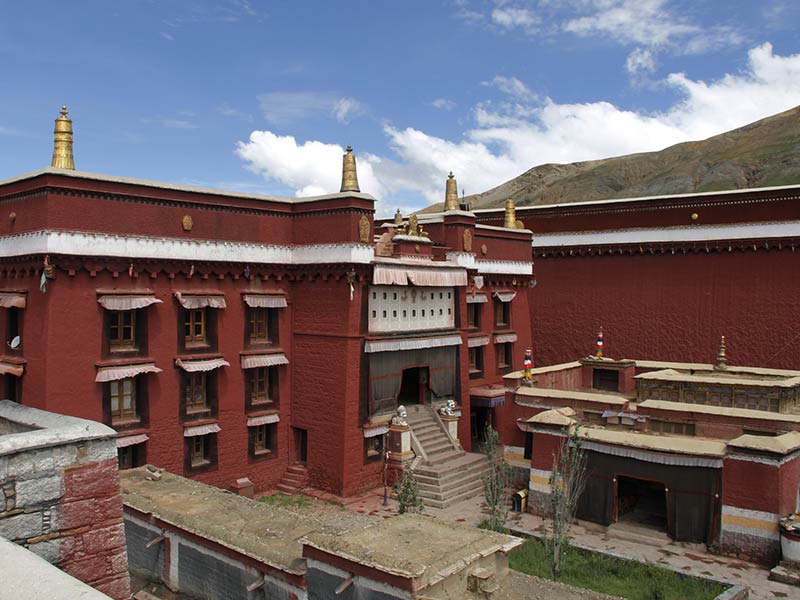
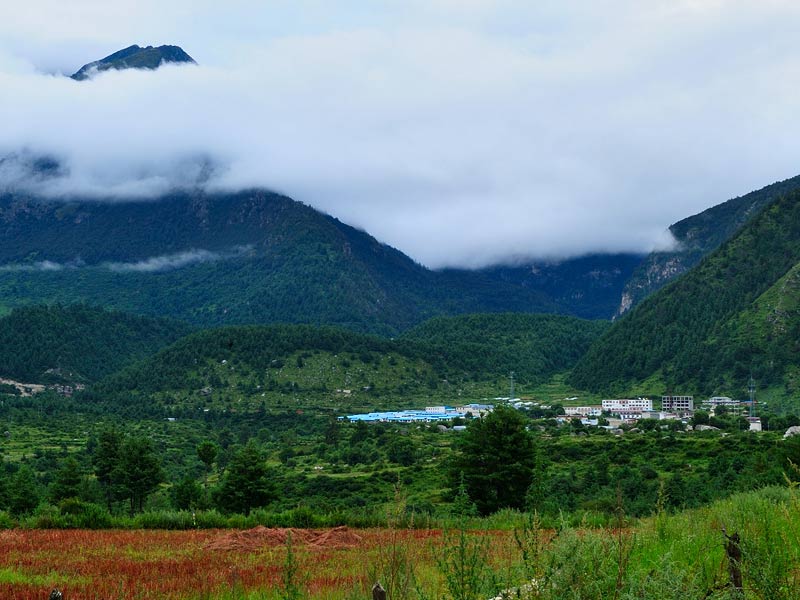
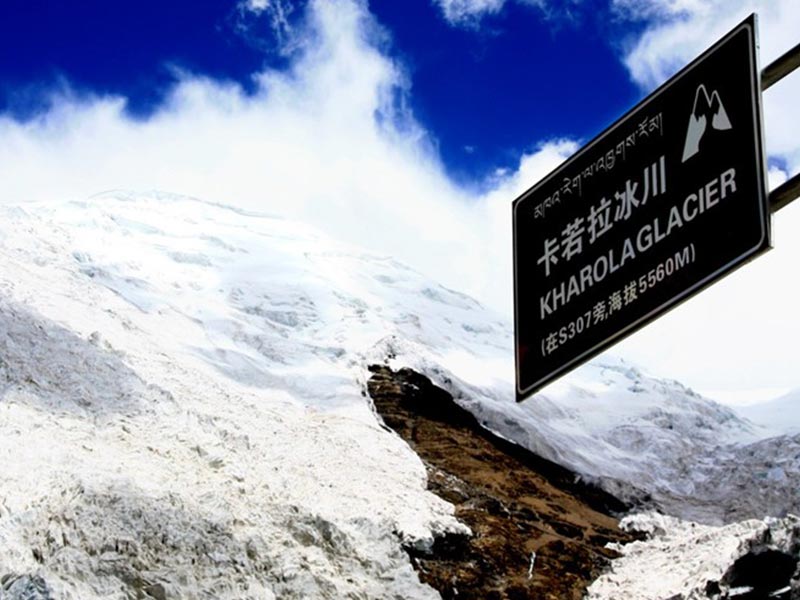
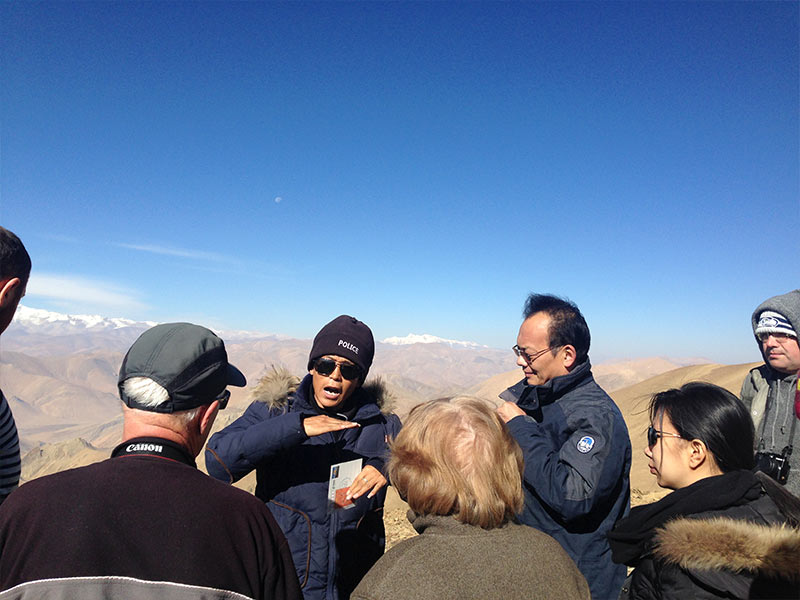
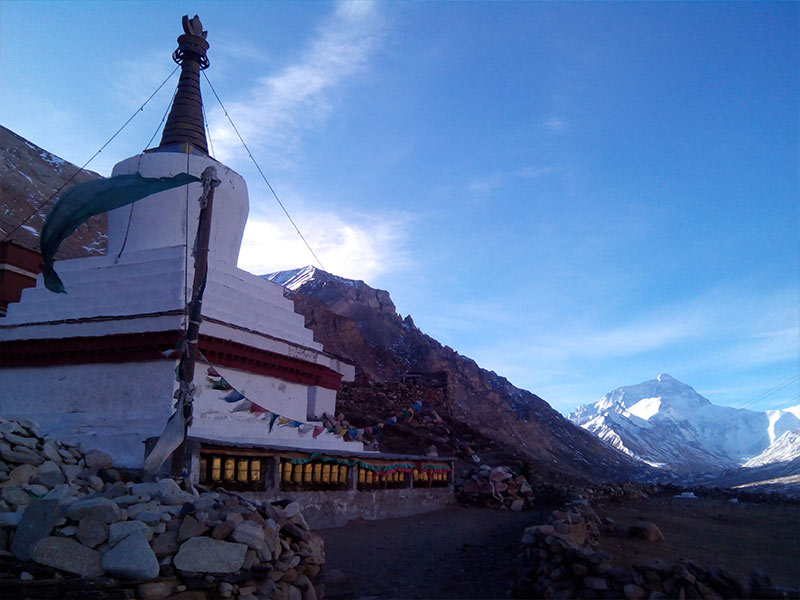
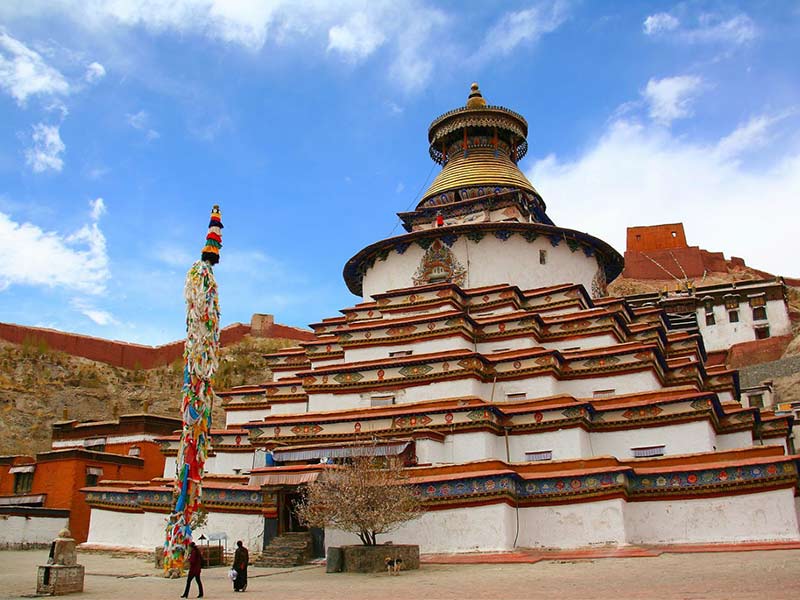
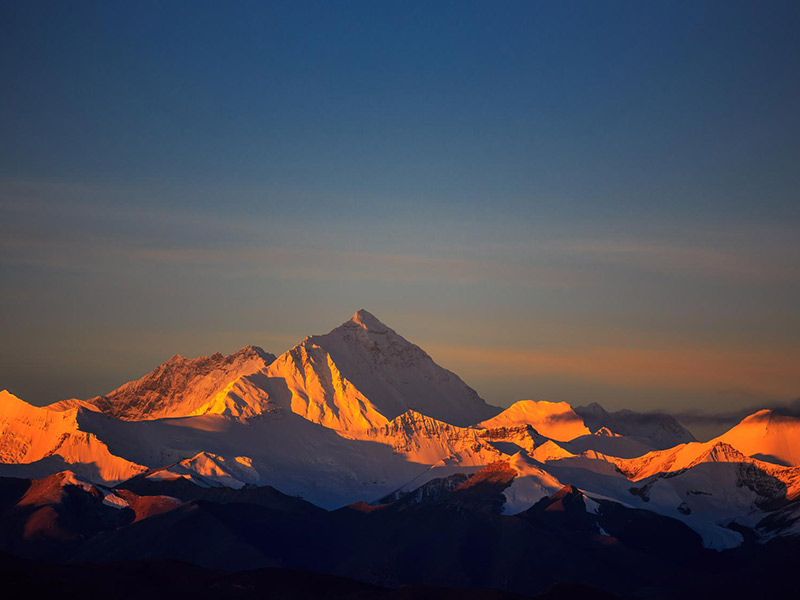
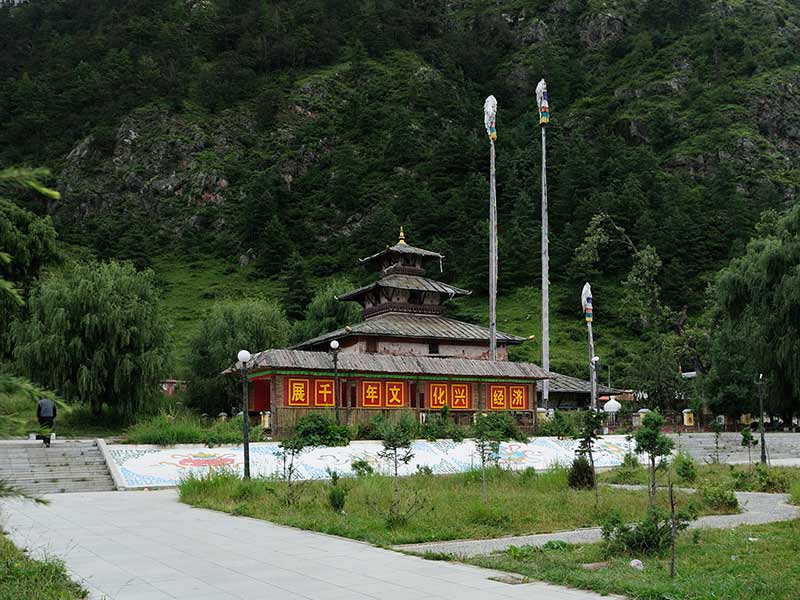

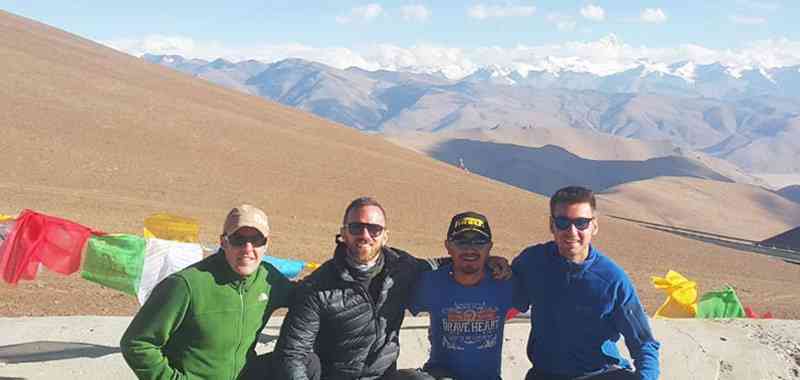






0 Comment ON "How to Plan a Tibet Everest Base Camp Tour in 2023"